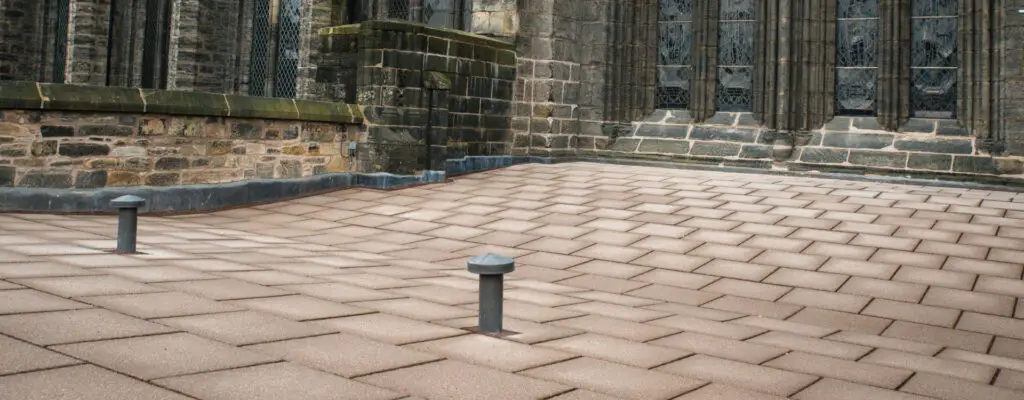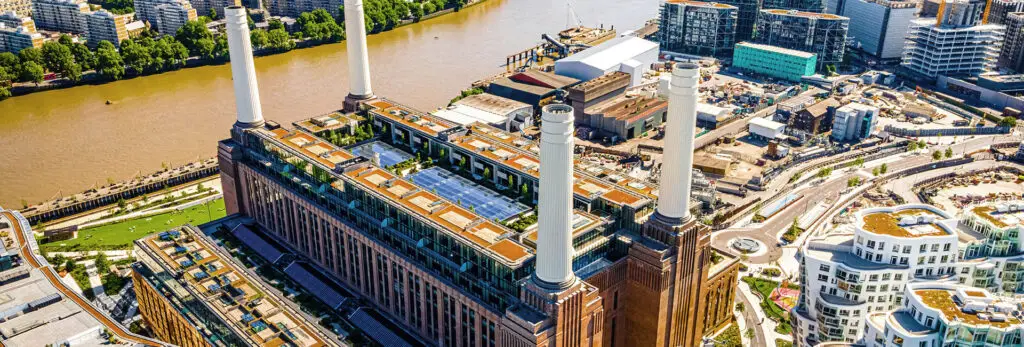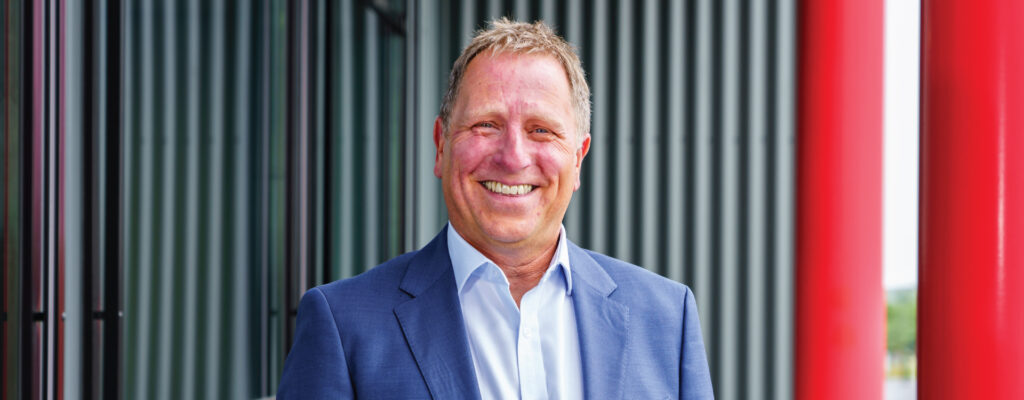School roofs have been hitting the headlines recently, following widespread concerns about the condition of school buildings. From the presence of potentially dangerous RAAC to leaks and draughts from outdated or sub-standard materials installations, the spotlight is firmly fixed on the pressing need to upgrade school buildings across the country.
In fact, a National Audit Office (NAO) report on school conditions found about 24,000 school buildings were beyond original design life, accounting for more than a third of the entire school estate in England. Furthermore, the government’s own figures found that the average primary in England needs £300,000 worth of maintenance or upgrades, while the average secondary school needs an estimated £1.5m.
Meeting with delegates at the Education Estates® exhibition in Manchester in October, one thing was clear – the RAAC ‘concrete crisis’ and recent media coverage around school buildings in need of repair has prompted many to think more carefully about the state of their roof in schools, as well as the wider education sector.
We have already explored the insights from the Education Estates conference and exhibition to find out what matters most to those in the education sector when it came to roofing. Now, let’s take a closer look at the problems facilities and estate managers and other education stakeholders need to be aware of and when to take action.
The hidden dangers to look out for on roofs
Flat roofs, like with any built structure, can be dangerous if not maintained properly or failing. The high footfall in education buildings means roofing problems can have major implications for staff, students and maintenance personnel.
To ensure roofs in the education sector meet required structural and health and safety standards, it’s important to seek the advice of roofing experts. Not only is accessing roofs always best left to the professionals from a health and safety perspective, but they also know exactly what to look for when it comes to any potential risks or hazards.
Problems our inspectors commonly encounter include:
Unstable and ageing roof material: When a roof is at the end of its life, ageing material can affect the structural integrity – and even cause it to completely fail, putting the life of occupants at risk. If the building was constructed before 2000, the roof could contain asbestos, which is dangerous for human health if it becomes airborne.
Interior and exterior walls and ceilings: There are some obvious signs that a roof is unsafe or failing – usually without setting foot up a ladder. Signs of dampness or mould and chipped or discoloured paint inside the building can signal the start of a roofing problem, as can blocked drains or gutters on the exterior.
Roof light dangers: Flat roofs often have roof lights incorporated into them to allow for more natural light. But when they fail, they can cause water ingress and weakness to the structure. If a roof is not maintained properly, anybody who accesses the roof could fall through a roof light and be injured.
Loose material and foreign objects: Poor installation or deterioration over time can produce loose materials that can fall from a flat roof and cause injuries.
Inadequate or no edge protection: On a flat roof, people could risk falling if there are no protective railings installed.
Trip hazards: Wiring, aerials, vents and uneven roof surfaces can cause personal injury to those who need access to the roof or damage to the roofing structure.
Poor or uneven access points: Any access point should be well maintained and protected to avoid it being used by unauthorised personnel – potentially causing a dangerous situation.
When to call in the roofing experts
These issues are far from just cosmetic. They signal that a roof is not well-maintained – and in more serious cases, that the roof is failing and at risk of collapse. Left untreated, these problems can escalate and lead to classroom or building closures, pupils and staff needing to be relocated and costly repairs.
Upgrading roofs is a vital step to providing safe, secure and structurally-sound education buildings that will stand the test of time. Finding the right roofing partner is key; they should carry out a detailed survey of the building, sharing any recommendations for repairs or replacements.
The right partner can ensure an individual building’s roofing requirements in line with regulations – and see it right through from design stage to installation. Plus, some roofing partners can offer guidance and provide the evidence needed to secure funding.
Whatever the needs and goals of your education setting, IKO has the knowledge, roofing expertise and high-performance products to help meet and exceed your expectations – creating an environment where generations of minds can continue to thrive.
DOWNLOAD OUR BROCHURE
Explore how we can help you reach your goal of achieving a safer and more sustainable educational building.
BOOK A FREE ROOFING SURVEY
Take the vital first step to upgrading your roof with our free, no-obligation roofing condition survey.



